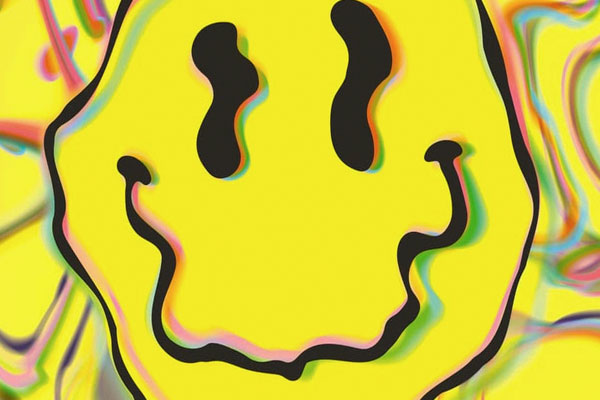ANYTHING CAN HAPPEN –
Aug. 19, 2023 – But Hyatt did not experience relief; instead, her mental health worsened. Three months later, she described being in “some sort of psychotic break” and feeling as if her brain was going to explode. Later that autumn she took her own life. At the subsequent inquest, the coroner’s report linked her worsening symptoms to the hallucinogens she had consumed.
Such tragedies represent the darker side of the psychedelics renaissance. These cases are often forgotten amid the feverish anticipation surrounding the therapeutic potential of these drugs, combined with exhaustive media coverage, the rapid rise of a billion-dollar industry – ranging from venture capital-backed startups to wellness retreats – and the hype around last year’s Netflix series How to Change Your Mind (based on Michael Pollan’s bestselling book).
Yet without careful monitoring and scrutiny of who receives them, this class of drugs – which includes LSD, MDMA (commonly known as ecstasy or molly) and psilocybin (the active ingredient of magic mushrooms) – can be dangerous. There is evidence that they can destabilise vulnerable individuals who have experienced a previous psychotic episode or have a family history of psychosis. The substances are illegal to distribute and possess in the UK, although they are often obtained on the hidden market. Scientific researchers and biotechnology companies are able to use them in clinical trials only after obtaining a Home Office licence and applying extensive security arrangements.
“Psilocybin affects serotonin and it’s been known for some time that drugs which do this can set off a manic episode in people with bipolar disorder,” says Andrew Penn, a psychedelics researcher at the University of California, San Francisco. “What we worry about with somebody with underlying psychotic illnesses is that the drug might wear off, but the illness symptoms persist, or even that the drug has helped them emerge.”



